Home>Gardening & Outdoor>Landscaping Ideas>How To Get Rid Of Ant Hills In Grass
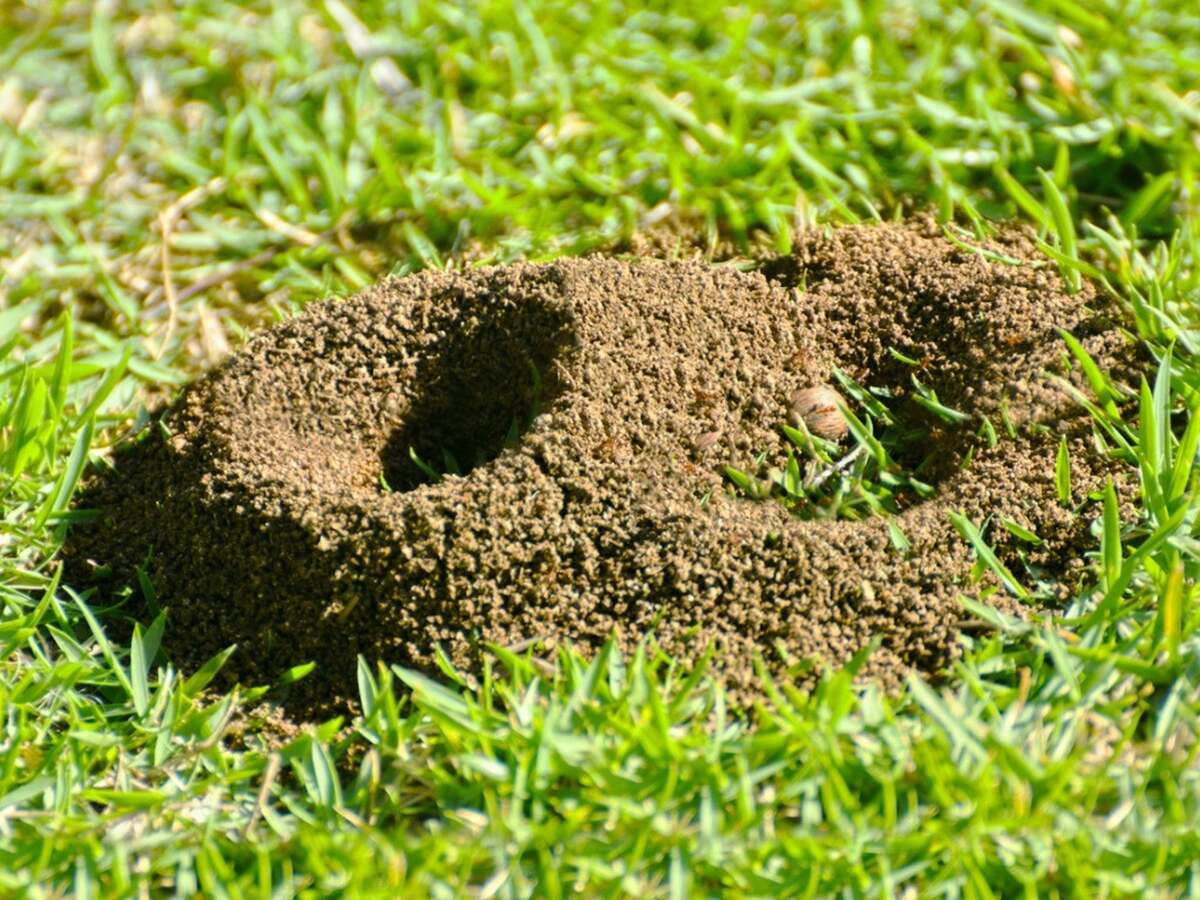

Landscaping Ideas
How To Get Rid Of Ant Hills In Grass
Published: January 24, 2024
Learn effective landscaping ideas to eliminate ant hills in your grass and create a pest-free outdoor space. Discover expert tips for a beautiful, ant-free lawn.
(Many of the links in this article redirect to a specific reviewed product. Your purchase of these products through affiliate links helps to generate commission for Storables.com, at no extra cost. Learn more)
**
Introduction
**
Ant hills in grass can be a nuisance, disrupting the smooth, green expanse of your lawn. While ants are beneficial in many ways, their nesting habits can cause unsightly mounds and even damage the grass roots. Dealing with ant hills in your grass requires a strategic approach that balances effective removal with environmental considerations. In this article, we'll explore various methods for getting rid of ant hills in grass, ranging from natural remedies to chemical solutions. Additionally, we'll delve into preventive measures to minimize the likelihood of ant hills reappearing in your lawn. Whether you prefer eco-friendly approaches or targeted chemical treatments, there are options to suit your preferences and effectively restore the pristine appearance of your grassy landscape.
Key Takeaways:
- Natural methods like boiling water, diatomaceous earth, and peppermint oil offer eco-friendly ways to get rid of ant hills in grass, without harming the environment or the lawn.
- Implementing preventive measures, such as regular lawn maintenance and creating physical barriers, can significantly reduce the likelihood of future ant infestations, promoting a healthy and vibrant lawn.
Read more: How To Get Rid Of Ant Hills In Driveway
Understanding Ant Hills in Grass
Before delving into the methods for eliminating ant hills in grass, it’s essential to understand the behavior of these industrious insects. Ants create hills as part of their intricate underground colonies, which can extend deep into the soil. These colonies serve as the central hub for ant activities, including rearing their young, storing food, and protecting the queen. As a result, ant hills in grass are not just superficial disturbances; they are indicative of a thriving ant community beneath the surface.
Ants are attracted to lawns for various reasons, including the availability of food sources such as fallen crumbs, sugary substances, and even other insects. Additionally, certain grass species can provide favorable conditions for ant colonization, offering ample space between blades and around the root system. Understanding these factors can help in devising effective strategies for managing ant hills without causing harm to the surrounding grass and ecosystem.
It’s important to note that while ant hills can be unsightly and potentially damaging to the grass, ants also play a vital role in the ecosystem. They aerate the soil, control other pest populations, and contribute to the decomposition of organic matter. Therefore, the goal in addressing ant hills in grass is to minimize their impact on the lawn while respecting the beneficial aspects of the ant population.
Natural Methods for Getting Rid of Ant Hills
When dealing with ant hills in grass, many homeowners prefer natural methods that are gentle on the environment and safe for children and pets. Fortunately, there are several effective strategies that harness the power of natural ingredients and biological principles to deter ants and eliminate their hills.
One popular natural remedy involves pouring boiling water directly onto the ant hills. The intense heat effectively eradicates the ants and can collapse the structure of the hill, disrupting the colony’s infrastructure. While this method is straightforward and chemical-free, it’s important to exercise caution to avoid splashing hot water onto the surrounding grass.
Another natural approach involves using diatomaceous earth, a fine powder made from fossilized algae. When sprinkled onto ant hills and surrounding areas, diatomaceous earth dehydrates ants upon contact, effectively reducing their population without posing a threat to the grass or the broader environment. This method is particularly appealing for those seeking a non-toxic solution.
For a botanical alternative, peppermint oil has shown promise in repelling ants. By mixing a few drops of peppermint oil with water and spraying the solution around ant hills and entry points, the strong scent can deter ants from establishing or maintaining their colonies in the grass.
Additionally, planting ant-repelling herbs and flowers, such as mint, lavender, or tansy, in the vicinity of the lawn can create a natural barrier against ant intrusion. These plants emit fragrances that ants find displeasing, effectively discouraging them from building hills in the grass.
Furthermore, maintaining a clean and tidy lawn can help deter ant infestations. Regularly removing debris, trimming overgrown vegetation, and promptly addressing any spills or food remnants can make the lawn less hospitable to ants, reducing the likelihood of ant hills taking root.
By leveraging these natural methods, homeowners can address ant hills in their grass while minimizing the environmental impact and promoting a healthy, vibrant lawn.
Boiling water poured directly into the ant hill can help to get rid of ants in the grass. The hot water will kill the ants and destroy the ant hill.
Chemical Methods for Getting Rid of Ant Hills
For individuals seeking a more targeted and immediate approach to eliminating ant hills in grass, chemical methods can offer effective solutions. It’s important to approach chemical treatments with care, ensuring that they are applied responsibly and in accordance with product instructions to minimize potential harm to the environment and other beneficial organisms.
One commonly employed chemical treatment involves the use of insecticidal dust or granules specifically formulated to eradicate ant colonies. These products are designed to be spread directly onto ant hills and surrounding areas, effectively targeting the ants within their nests. When applied correctly, insecticidal dust can swiftly eliminate ant populations, leading to the collapse of the hills and the disruption of the colony’s activities.
Another chemical option is the use of liquid insecticides, which can be applied as a perimeter treatment around the lawn to create a barrier against ant intrusion. These liquid formulations are designed to deter ants from entering the treated area, effectively preventing the establishment of new ant hills in the grass. It’s crucial to select products labeled for outdoor use and to follow the application guidelines to ensure safety and efficacy.
Bait stations containing ant-specific insecticides are also a popular choice for targeting ant colonies. These bait stations are strategically placed near ant hills, enticing the ants to consume the toxic bait and carry it back to the colony, effectively eliminating the entire population. This method is particularly effective for addressing large or persistent ant infestations in the lawn.
When considering chemical methods for getting rid of ant hills, it’s essential to prioritize the safety of the surrounding environment, including other beneficial insects, pets, and wildlife. Careful application and adherence to recommended waiting periods before allowing access to treated areas are crucial to minimize unintended consequences.
Before opting for chemical treatments, homeowners should assess the severity of the ant infestation and consider consulting with pest control professionals to determine the most appropriate and responsible course of action. By approaching chemical methods prudently and responsibly, it’s possible to effectively address ant hills in grass while minimizing potential environmental impact.
Preventing Ant Hills in Grass
While addressing existing ant hills in grass is essential, implementing preventive measures can significantly reduce the likelihood of future ant infestations, contributing to the long-term health and appearance of the lawn. By proactively minimizing conditions favorable to ant colonization, homeowners can create an inhospitable environment for ants, discouraging them from establishing hills in the grass.
Regular lawn maintenance plays a crucial role in preventing ant hills. This includes mowing the grass at an appropriate height to promote dense growth and minimize open spaces that ants may find attractive for nesting. Additionally, ensuring proper irrigation and drainage can help maintain healthy grass and deter ants, as overly dry or waterlogged soil can create conditions favorable to ant activity.
Creating a barrier around the lawn using landscaping materials such as gravel or diatomaceous earth can create a physical deterrent to ant intrusion. These barriers can impede ants from venturing into the lawn, reducing the likelihood of ant hills taking root. Care should be taken to ensure that these barriers are properly installed and maintained to effectively deter ants.
Regularly inspecting the lawn and addressing any signs of ant activity promptly can prevent the escalation of infestations. By identifying and treating small ant mounds or trails early on, homeowners can prevent the establishment of larger, more disruptive ant hills in the grass.
Implementing integrated pest management (IPM) practices can also contribute to preventing ant hills in grass. This approach emphasizes a combination of proactive strategies, including habitat modification, biological controls, and targeted chemical treatments when necessary. By integrating these methods, homeowners can effectively manage ant populations while minimizing environmental impact.
Furthermore, promoting biodiversity in the lawn and garden can support natural ant predators, such as ground beetles and certain bird species, which can help regulate ant populations. Creating habitats for these beneficial organisms can contribute to a balanced ecosystem that naturally limits ant infestations.
By incorporating these preventive measures into lawn care routines, homeowners can mitigate the risk of ant hills in grass, fostering a healthy and harmonious outdoor environment for both humans and nature.
Read more: How To Get Rid Of Ants In Your Grass
Conclusion
Dealing with ant hills in grass requires a comprehensive approach that balances effective removal with environmental considerations. Understanding the behavior of ants and the factors that attract them to lawns is essential in devising strategies for managing ant hills without causing harm to the surrounding grass and ecosystem.
Natural methods, such as using boiling water, diatomaceous earth, peppermint oil, and ant-repelling plants, offer eco-friendly and non-toxic options for addressing ant hills in grass. These remedies harness the power of natural ingredients and biological principles to deter ants and eliminate their hills while minimizing the impact on the environment.
For those seeking more immediate solutions, chemical methods, including insecticidal treatments and bait stations, can effectively target ant colonies and prevent the establishment of new ant hills. It’s crucial to approach chemical treatments with care and responsibility, ensuring that they are applied in accordance with product instructions to minimize potential harm to the environment and other beneficial organisms.
Implementing preventive measures, such as regular lawn maintenance, creating physical barriers, and integrating pest management practices, can significantly reduce the likelihood of future ant infestations, contributing to the long-term health and appearance of the lawn. By proactively minimizing conditions favorable to ant colonization, homeowners can create an inhospitable environment for ants, discouraging them from establishing hills in the grass.
Ultimately, the goal in addressing ant hills in grass is to strike a balance between effective removal and environmental stewardship, promoting a healthy, vibrant lawn while respecting the beneficial aspects of the ant population. By leveraging a combination of natural, chemical, and preventive methods, homeowners can effectively manage ant hills in their grass, creating a harmonious outdoor environment for both humans and nature.
Frequently Asked Questions about How To Get Rid Of Ant Hills In Grass
Was this page helpful?
At Storables.com, we guarantee accurate and reliable information. Our content, validated by Expert Board Contributors, is crafted following stringent Editorial Policies. We're committed to providing you with well-researched, expert-backed insights for all your informational needs.
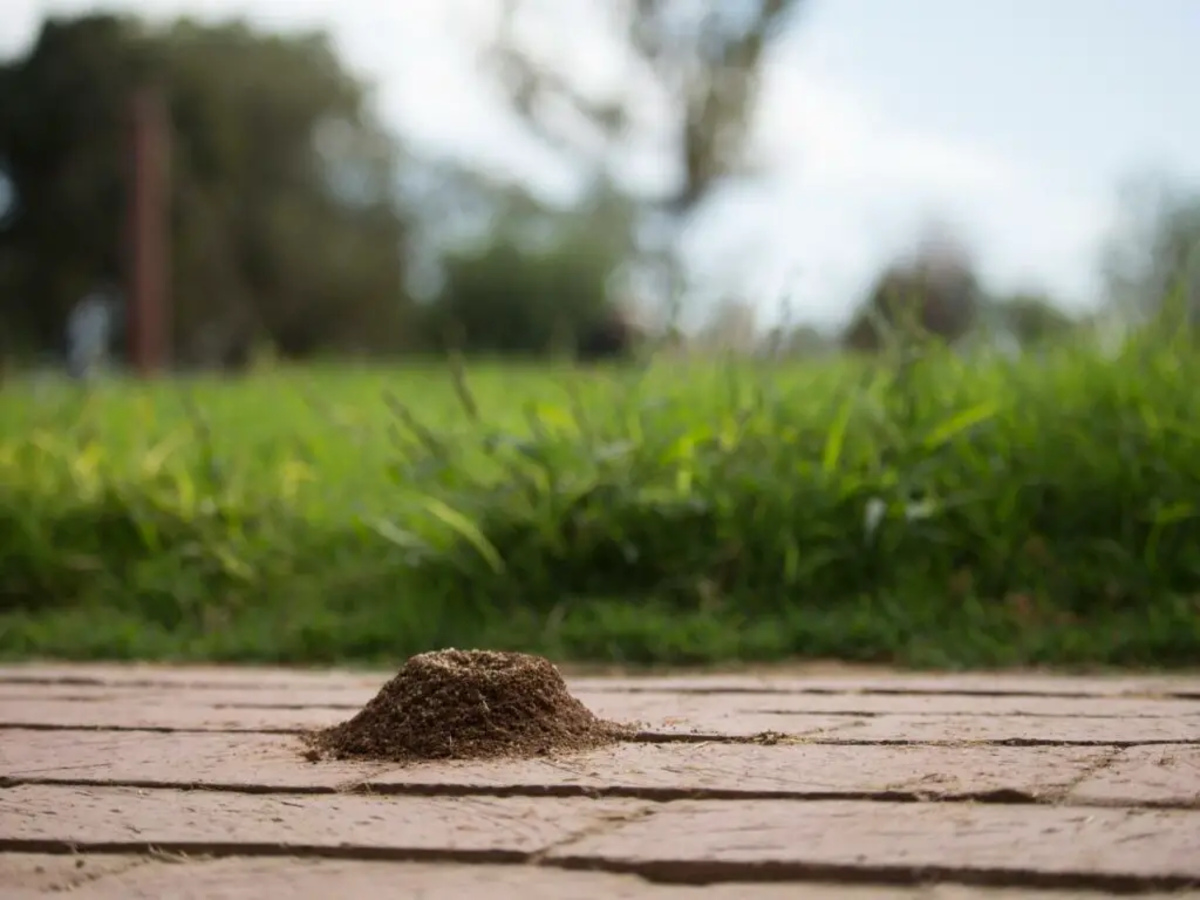
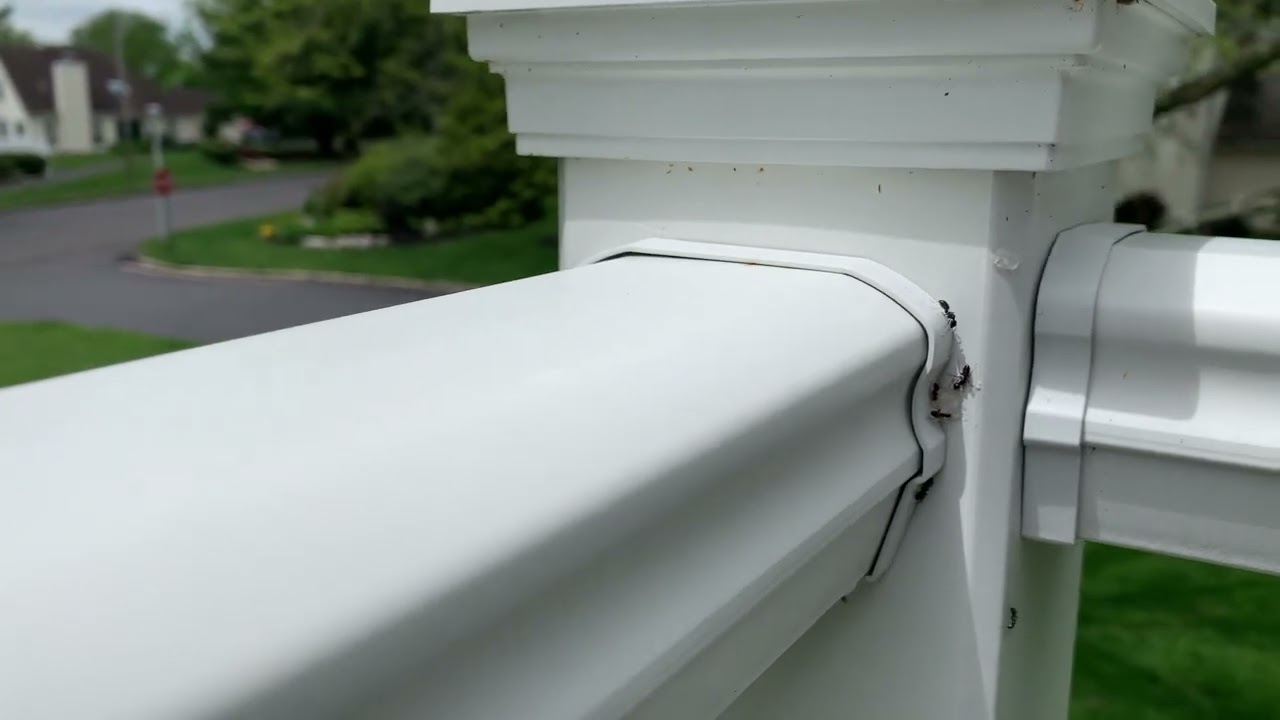

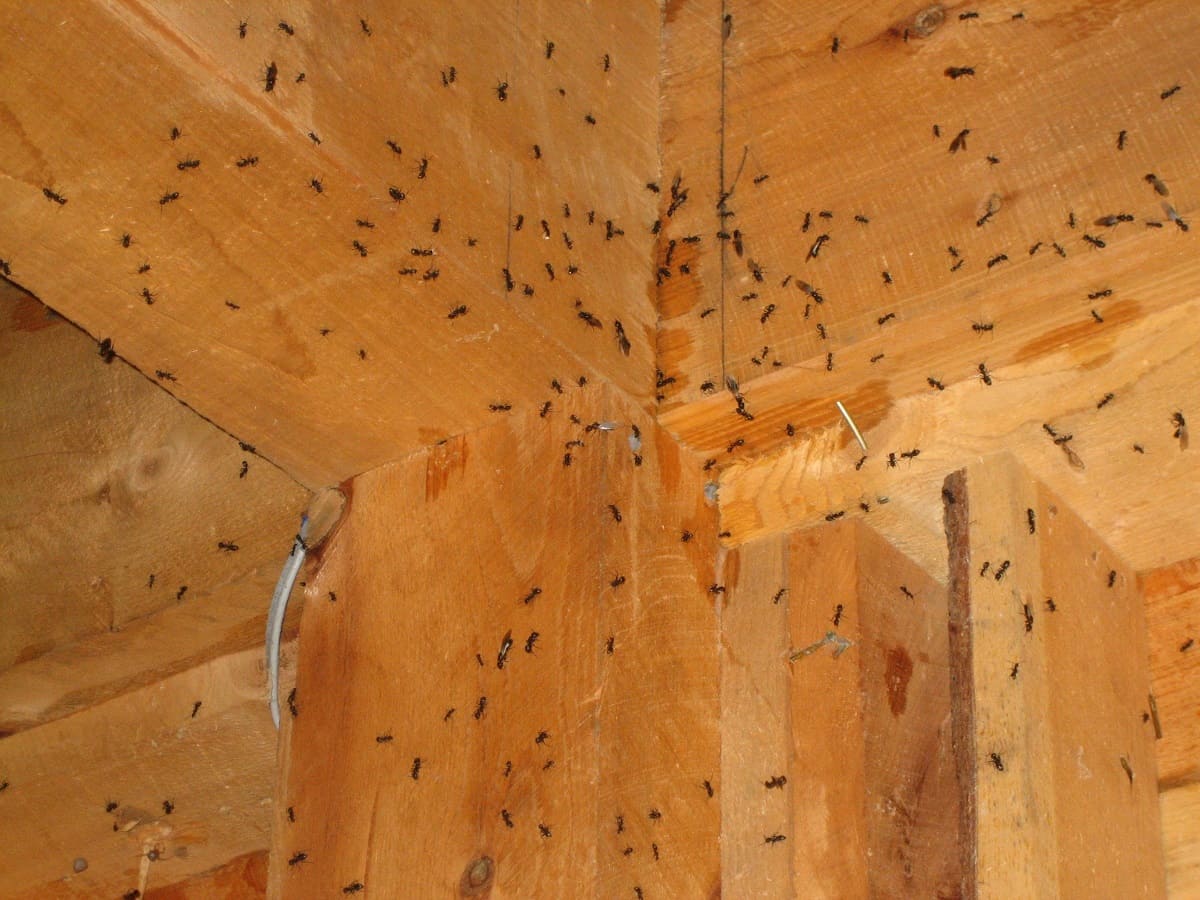
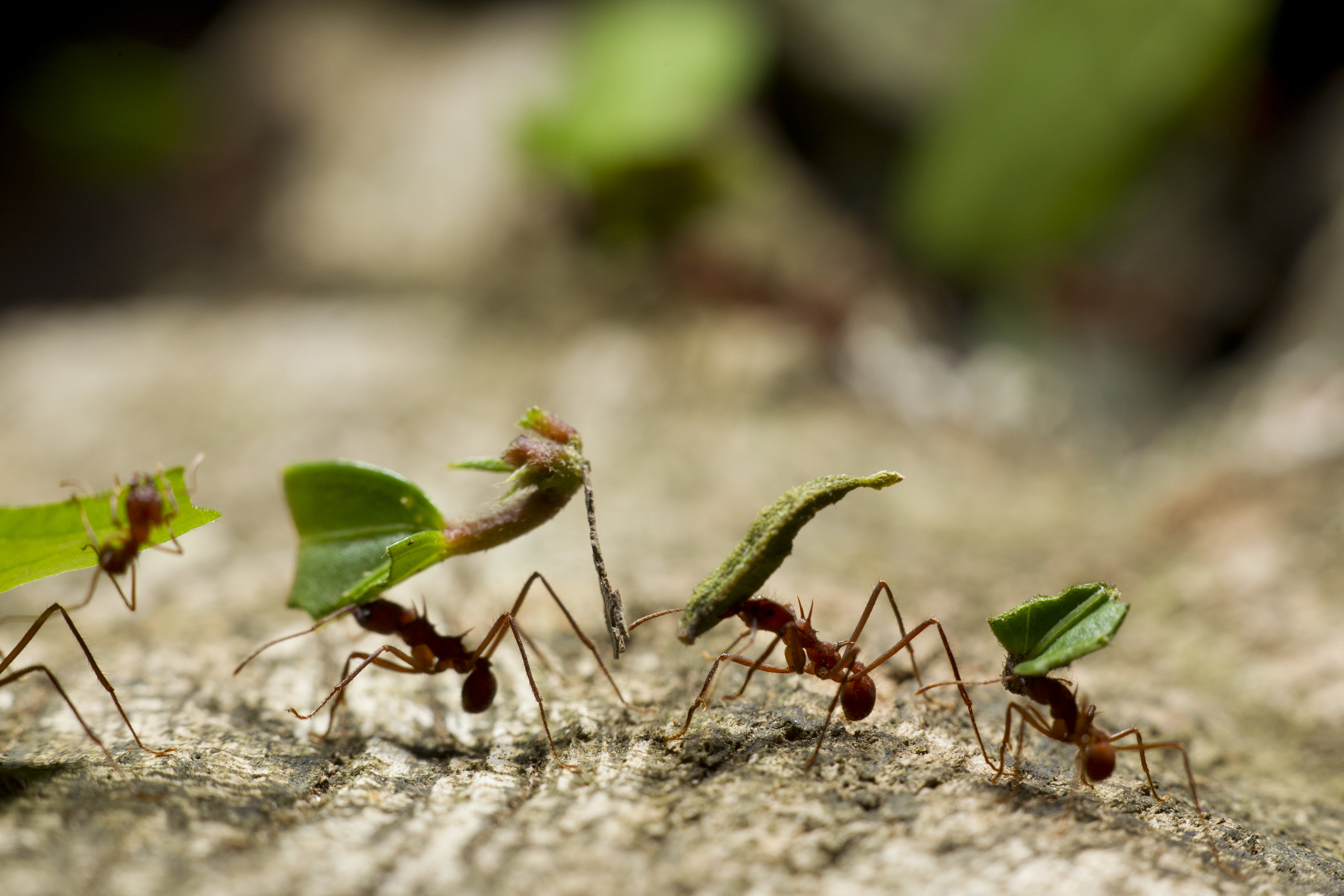
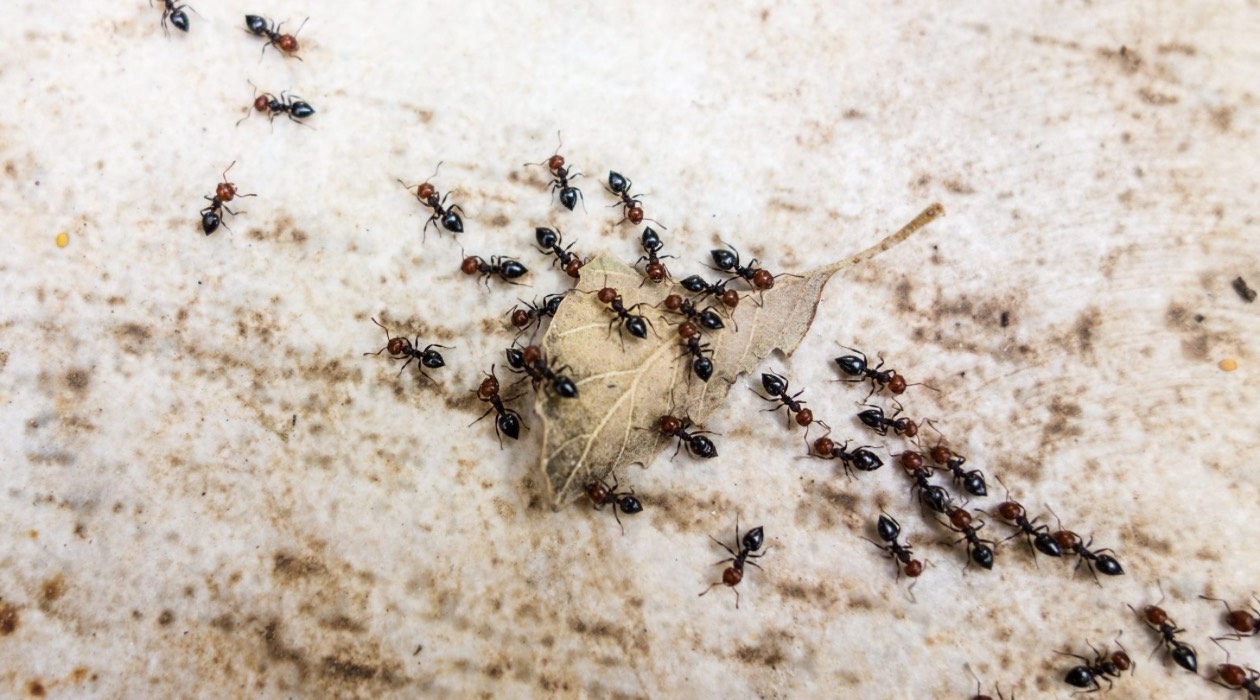

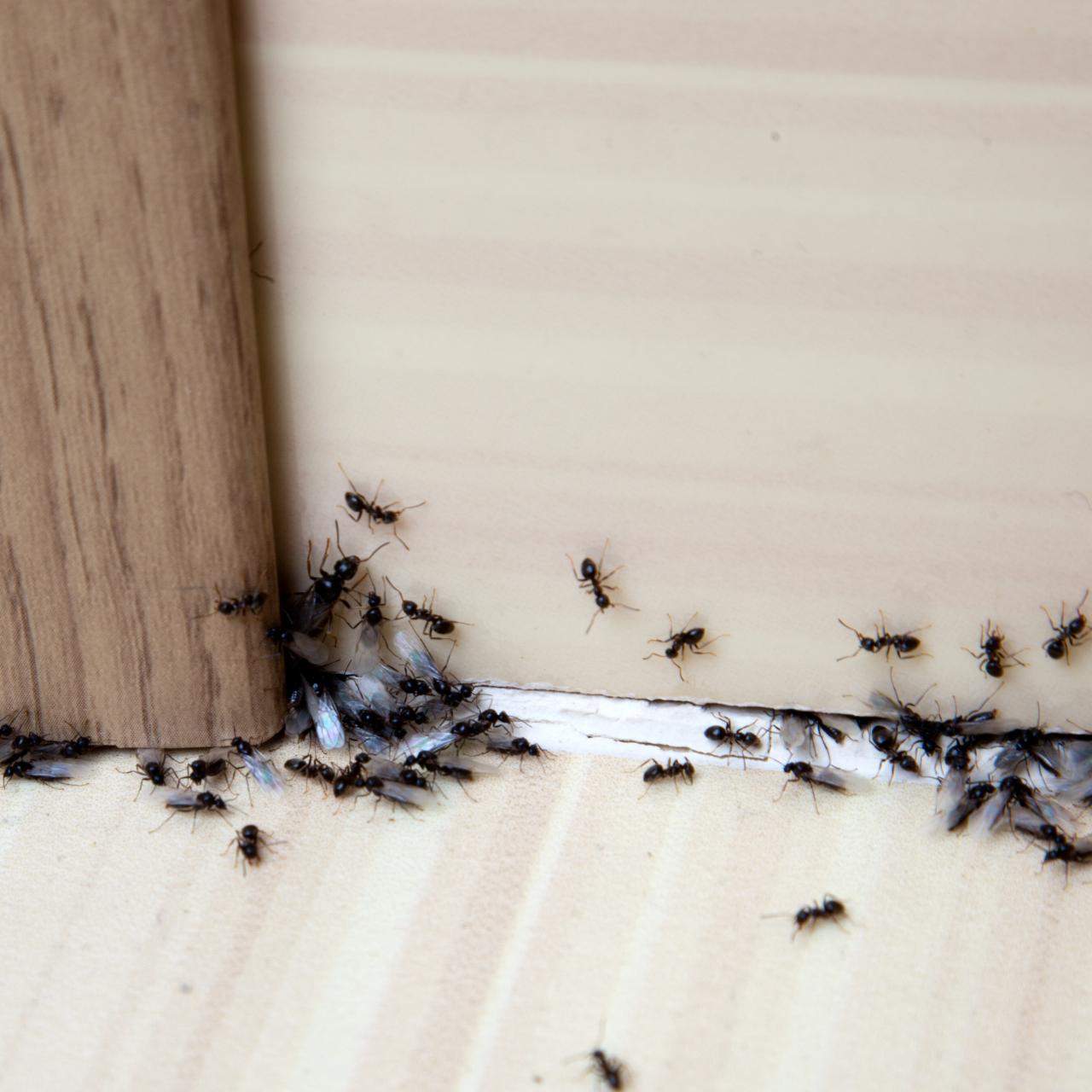
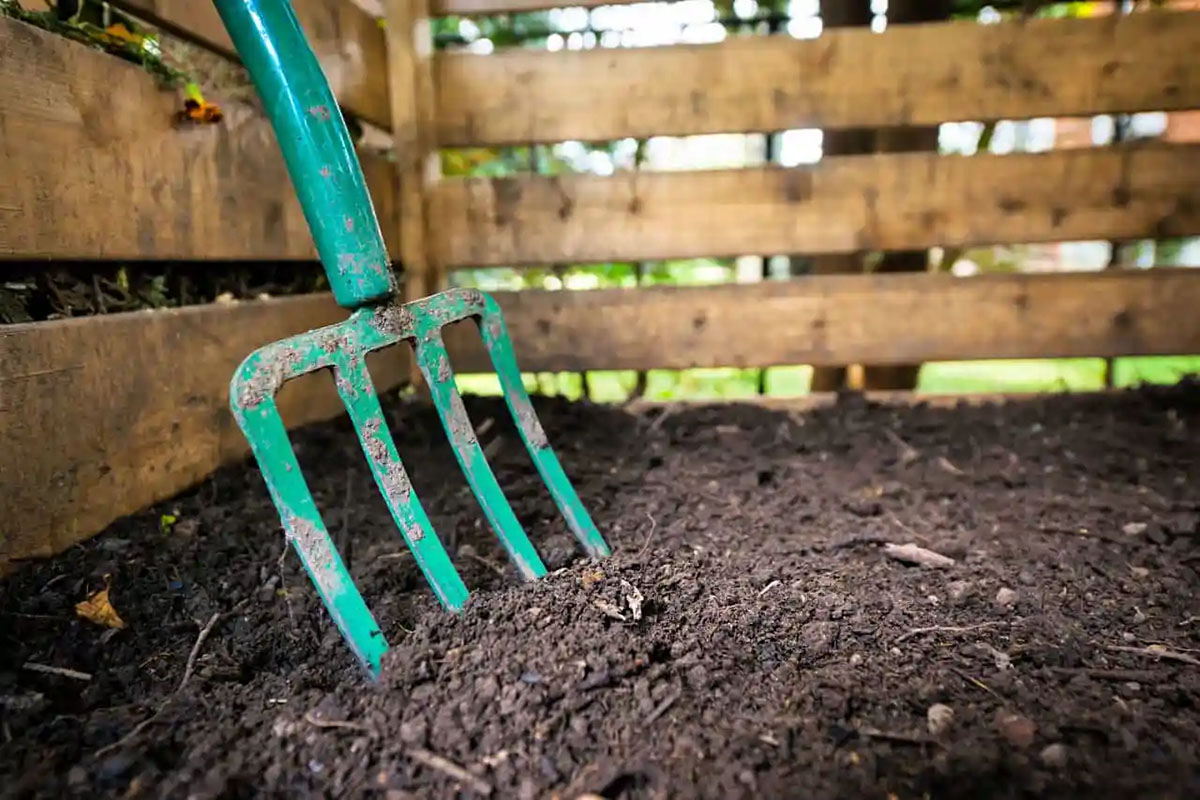

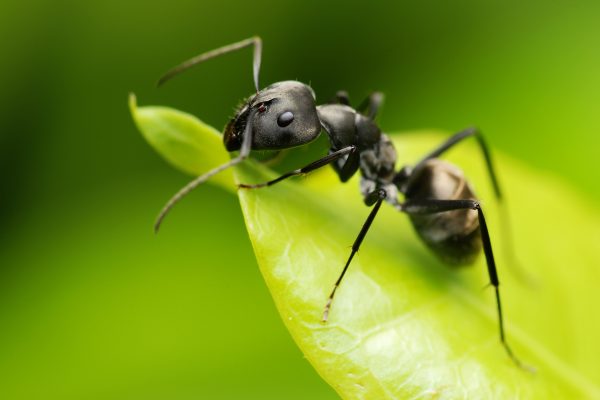




0 thoughts on “How To Get Rid Of Ant Hills In Grass”